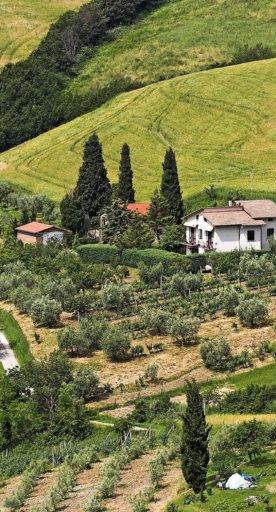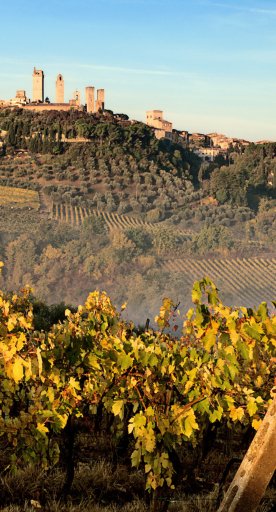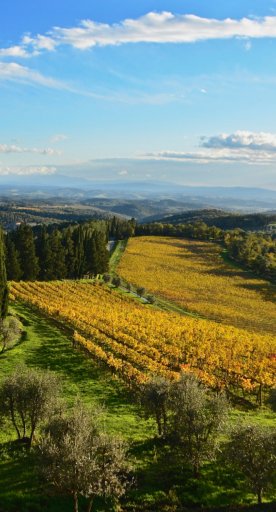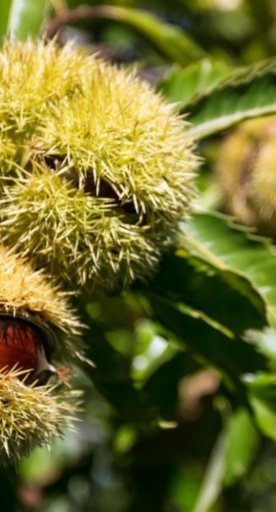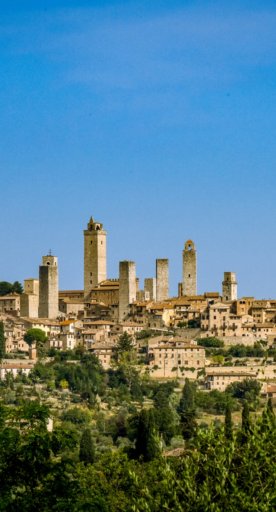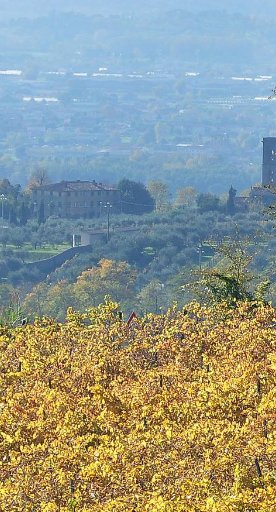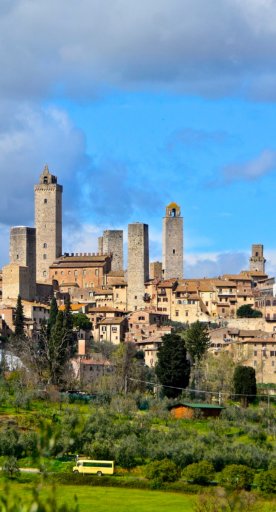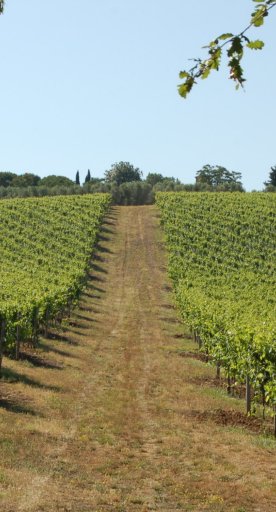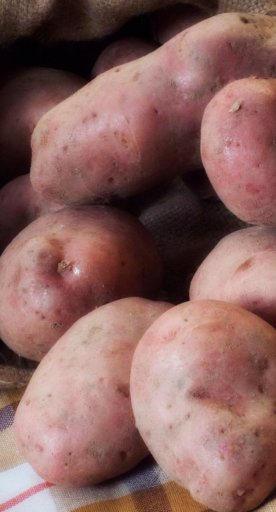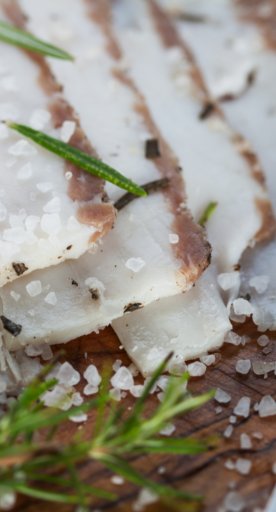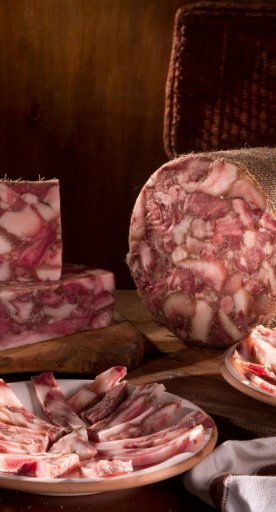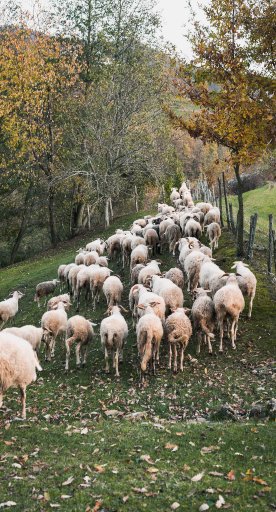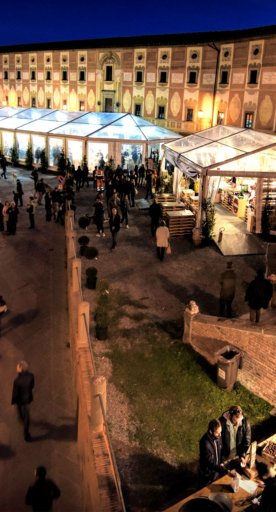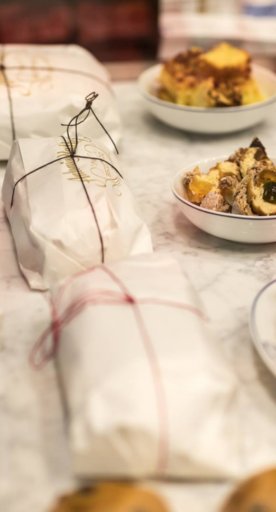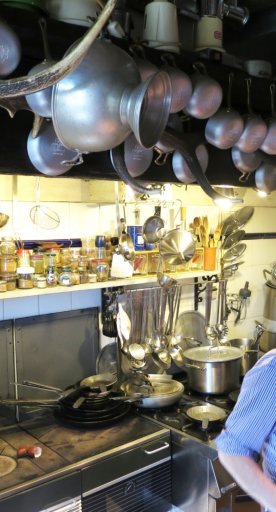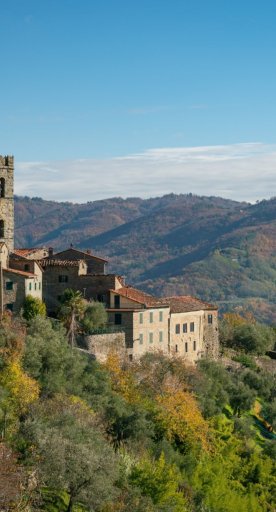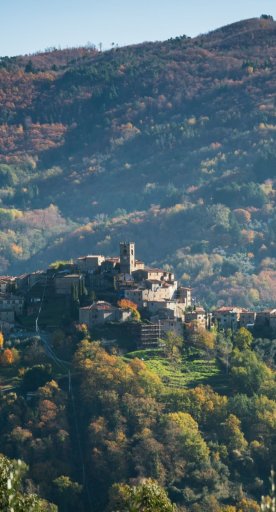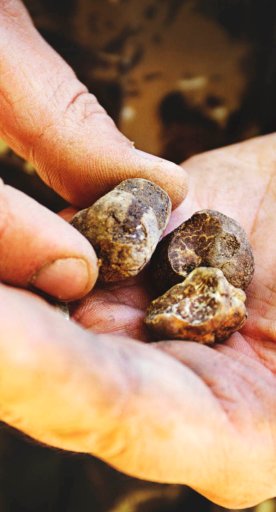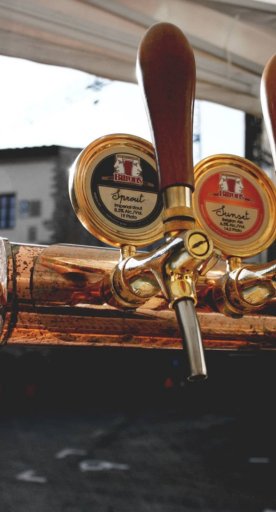
4 recipes based on Lunigiana PDO Chestnut Flour
Discover and taste the ancient flavors of Autumn in Lunigiana
Lunigiana can be considered a big chestnut grove where Lunigiana PDO Chestnut Flour originates, a sweet flour obtained from the processing of chestnuts with ancient and traditional methods.
Until the Second World War, chestnut trees were in fact cultivated in the flat and hilly areas of the territory because they were considered "the bread tree", fundamental for the sustenance of the population. Chestnut is in fact a plant whose every part can truly be used: from the wood for heating and carpentry, to the fruit consumed whole or processed, up to the leaf traditionally used as "baking paper" in the various preparations with cast iron pots.
The chestnut harvest takes place from the end of September, but can last until mid-December. The selected chestnuts are then dried in the "gradili" , evocative environments where the slow fire is fed constantly and exclusively with chestnut wood. After a minimum of 25 days the chestnuts are ready to be "beaten" and cleaned of their external skin and ground in stone mills.
This is how Lunigiana PDO Chestnut Flour, with its characteristic ivory color and consistency similar to talcum powder, arrives in kitchens to be used in the numerous preparations in which it is the protagonist.
Here are 4 recipes with Lunigiana PDO Chestnut Flour:
-
1.Patone
-
2."Bastard" Lasagna
-
3.Cian
-
4.Castagnaccio
Patone

Patona is a typical dish of Lunigiana cuisine based on chestnut flour. Their preparation is very simple: water and a pinch of salt are added to the chestnut flour. It is mixed until a dense, but smooth and lump-free mixture is obtained, which is then placed in small doses in the chestnut leaves, arranged in traditional terracotta trays (or in baking trays) in groups of 2-3. It is important that the dried leaves are first soaked in cold water so as to "recover" and then dried with a cloth.
Once cooked, the patone will be ready and after removing the leaves they can be served hot with cured meats and cheese.
"Bastard" Lasagna

Bastard Lasagna is a typical first course from Lunigiana, prepared by combining wheat flour and chestnut flour. After mixing wheat flour and chestnut flour, it will be necessary to add water, eggs and a pinch of salt, and mix until you obtain a homogeneous dough that can be rolled out by hand or with a dough roller. With the dough, you can prepare both lasagnette and tagliatelle that, once cooked in water for a few minutes, can be seasoned in the most different ways: oil and parmesan, butter and sage, mushroom sauce and sausage.
Cian

This very thin circular bread just like piadina or crepes is prepared by combining chestnut flour, water and salt. The batter, rather liquid, must be pressed between two incandescent cast iron baking trays (or in pans) and it cooks in a few minutes.
Cian are then served hot to be eaten with honey and ricotta.
Castagnaccio

Castagnaccio is among the most celebrated desserts in all of Tuscany. This dessert is also prepared in Lunigiana by combining chestnut flour, water, plenty of olive oil and salt. Once a creamy batter has been obtained, it is poured onto a baking tray which, before being cooked, is seasoned with raisins, pine nuts, rosemary and oil poured in slowly.











